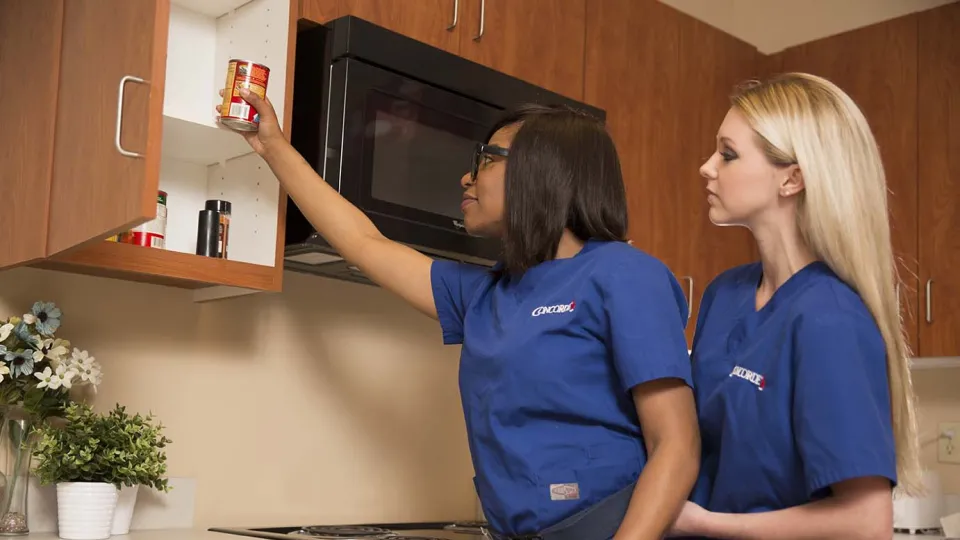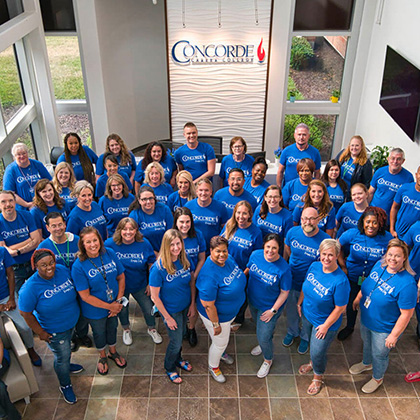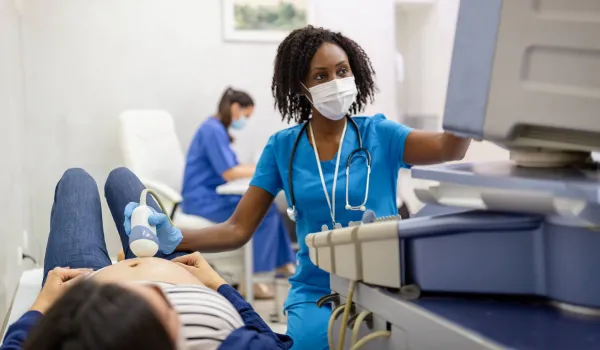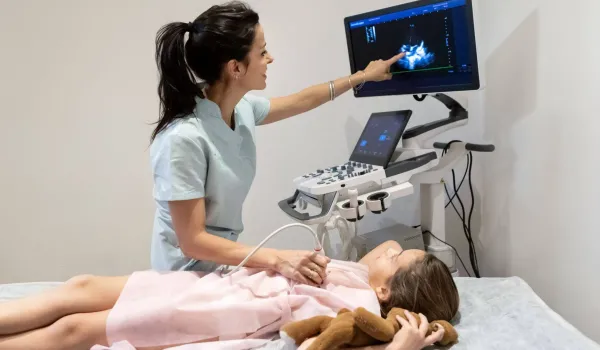Concorde Staff

The practice of yoga is practically as old as time itself. It only recently, however, has been considered an emerging field for the Occupational Therapy Assistant and Physical Therapist Assistant.
"Yoga's popularity has grown in the past five years, likely due to ongoing research showing its many health benefits," said Brett Butler, Director of Concorde's Occupational Therapy Assistant Program in Miramar, FL. "Physicians are taking notice, and now some prescribe yoga to their patients. Studies show that yoga may be able to lower stress, anxiety, pain, fatigue, depression and insomnia. It also can reduce the risk for cardiovascular disease and hypertension, alleviate the side effects of cancer treatment, improve recovery from neurological conditions such as stroke, symptoms of multiple sclerosis and Parkinson's, prevent or lower risk of disease and improve a sense of overall well-being."
Occupational Therapy Assistant/Physical Therapist Assistant finding balance with yoga
OTAs and PTAs found that, if modified to meet a patient's abilities and needs, yoga can be helpful for rehabilitation.
"Yoga can be for anybody," Tianna Meriage Reiter, PT, DPT, PYT-cTM, a physical therapist at Alameda Orthopedic and Sports Therapy in Alameda, Calif., said in an article posted on the American Physical Therapy Association website. "It can be for patients with orthopedic needs to those in chronic pain to those who have difficulty breathing. The patient need only be willing."
Meriage Reiter said she even adds aspects of yoga to a patient's rehab without their knowing.
"Yoga can be used as breathing practice for reducing anxiety, improving breath capacity, rib cage expansion and for ramping down the central nervous system," she said. "Yoga can also be incorporated as postures for strengthening, flexibility, and movement incorporated with breath."
Incorporating the Occupational Therapy Assistant/Physical Therapist Assistant into yoga
OTA and PTA are taking note of these recent trends and starting to incorporate yoga into treatment sessions. Here are some examples, according to Butler.
- Using the "cow pose" with a patient with a stroke can help with weight bearing on the affected side of the body.
- Yoga helps with sensory regulation for children with autism. Having children use the body to get into various yoga postures, while at the same time bringing conscious attention to breathing, can greatly improve the ability for children to maintain an ideal state of regulation and attend to daily activities at home and in the classroom.
- Yoga in physical therapy has seen patients with back pain able to get off pain medication.
Butler cautioned that any Occupational Therapy Assistant or Physical Therapist Assistant wishing to incorporate yoga into their practice might need some additional training and certification.
"As this is a specialized area for the Occupational Therapy Assistant and Physical Therapist Assistant, and as it is shown on campus with goals and objectives for the student to learn, it is recommended that students seek additional certification in this treatment modality," Butler said.
So, if you're thinking about how to become an occupational therapist, you might want to incorporate yoga into your daily practice.

Take The Next Step Towards a Brighter Future
We have a Concorde representative ready to talk about what matters most to you. Get answers about start dates, curriculum, financial aid, scholarships and more!



